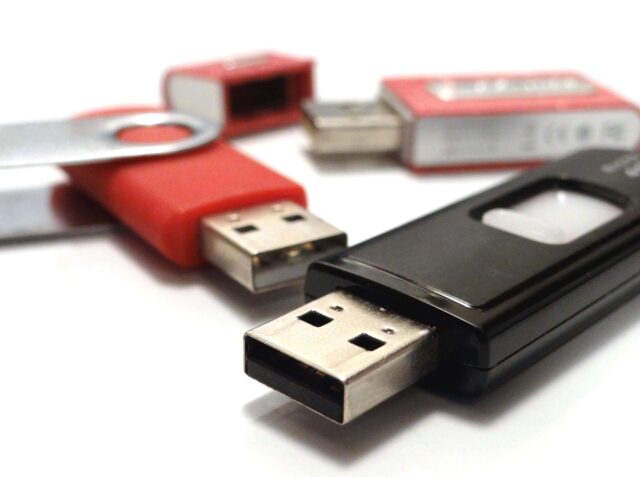
USB thumb drives. How many do you have? For most of us it’s probably more than we realize. I’m looking at 6 in front of me and they’re not even related to a case. I purchased a 256 GB thumb drive a few months back for $40. Super cheap for a ton of portable storage that fits in your pocket.
I’m not relaying this information to try to sell you on the idea of USB thumb drives but I do have a point in the form of a few questions. If you run a business, what sort of policy do you have on the use of them? What sort of accounting or inventory control do you have in place for accountability of their use? If you’re like most small to medium sized businesses the answers to these questions stand a good chance of being none and none.
If this is the case, rather than admonish, I have a few suggestions. The easiest is to ban their use! Ok that’s probably not the most practical either. Your mileage may vary but you should start with something else. I’d suggest that something be with a policy that stipulates their use. Should your employees be permitted to use personal USB drives or should they only be allowed to use company issued ones? If you decide to allow employees to utilize personal USB drives then keep in mind you don’t own the device you’re going to allow them to use, which may be a pain to investigate later, so maybe you issue them instead, huh? In doing so you can record any external serial number they have much like a computer.
They’re issued a computer, a phone and a USB for instance, all with recorded identifiers (make, model and serial numbers). But what if there’s no external serial number? Well you can try this handy dandy utility (https://www.nirsoft.net/utils/usb_devices_view.html) that will show you great info on currently plugged in USB devices…as well as previous ones. No we’re not affiliated with the software at all, just passing it along as a potentially useful tool as you start issuing your employees the USB devices they will be using going forward. Then, if or when your employee leaves your employ, they are required to return their company issued computer, phone and USB devices. This way, should you choose to investigate whether any of your data was absconded with you’ll be in much better shape to do so.